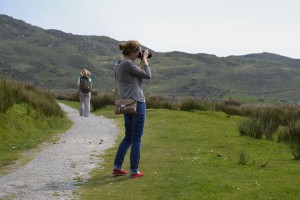Local publications provide ample opportunities
Yvonne Mintz is the editor and publisher of The Facts in Brazoria County, Texas.
 It’s not a newspaper most readers would have heard of. The Facts doesn’t compete with USA Today or even the Houston Chronicle, which is right up the road.
It’s not a newspaper most readers would have heard of. The Facts doesn’t compete with USA Today or even the Houston Chronicle, which is right up the road.
It doesn’t need to.
The Facts is just as likely to cover a local softball game or a high school graduation as it is the latest controversy at the town council.
The paper’s motto reminds readers of its mission: “No one delivers local news like The Facts.”
While sitting on a panel talking to college journalists, Mintz expanded on this idea.
“Without us, officials in this community would be unchecked in their power,” she told the interns participating in the Dow Jones News Fund / Texas Press Association Center for Editing Excellence training program before they left for internships at publications such as the Houston Chronicle and patch.com but also the Azle News, Hill Country News, Pleasanton Express and Tyler County Booster, all in Texas.
Mike Hodges, executive director of the Texas Press Association, said of community newspapers, “They are the lifeblood of every community.” Continue reading “Community newspapers the ‘lifeblood of every community’”

